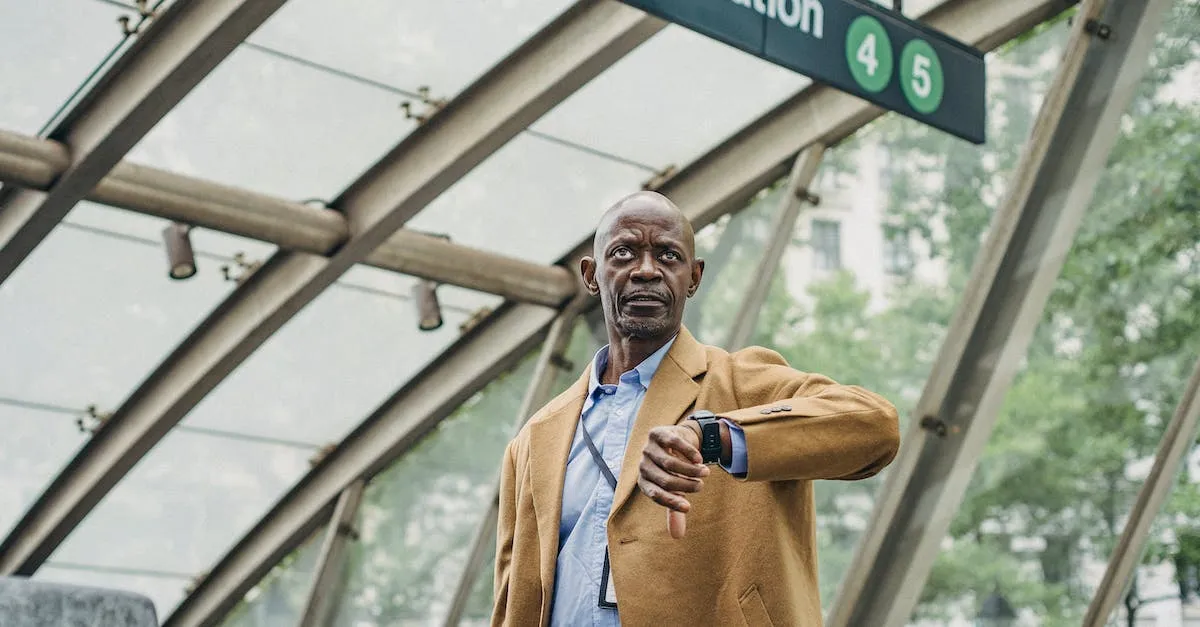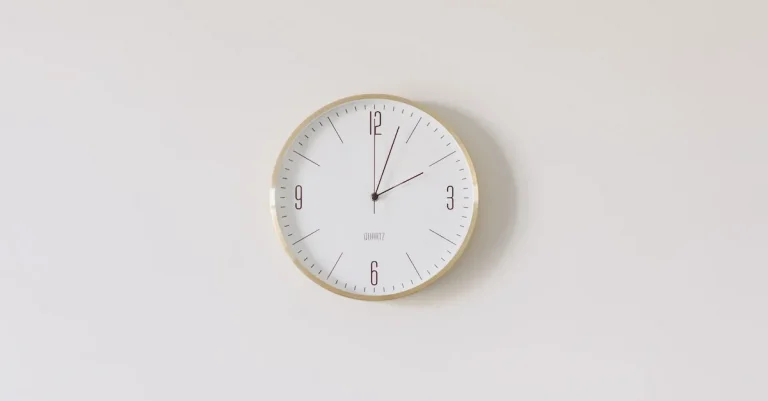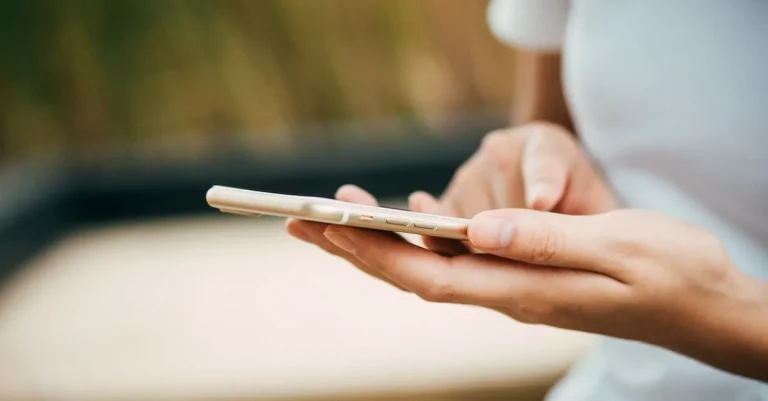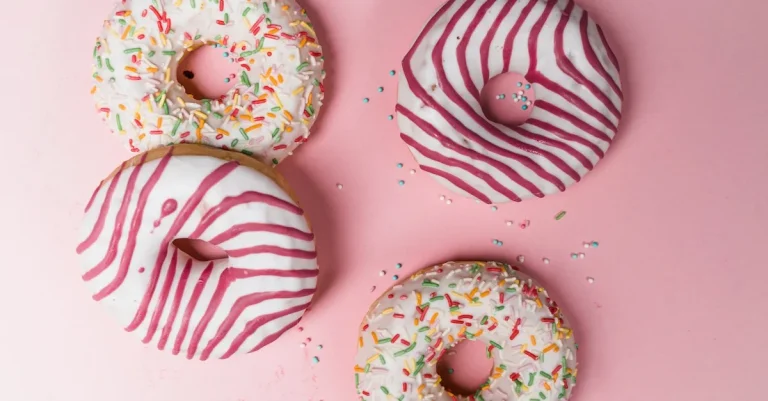Navigating Rush Hour Traffic In New York City
New York City is famous for its bustling streets and constant activity. But during the weekday rush hours, getting around America’s largest metropolis can be frustratingly slow due to peak traffic congestion.
If you’re short on time, here’s the quick answer on NYC rush hour: Morning rush is roughly 6am to 10am and evening rush runs from 4pm to 8pm on weekdays. The worst traffic is usually between 7-9am and 5-7pm.
This comprehensive guide will provide an in-depth look at navigating New York City’s infamous rush hour traffic. We’ll cover when rush hour starts and ends, the worst times to travel, which routes to avoid, tips for using public transit, and the best ways to get around NYC during its busiest times.
Morning and Evening Rush Hour Times
6am to 10am are typical morning rush hours
The morning rush hour in New York City typically starts around 6am and continues until 10am. During this time, commuters flood the streets and highways, causing increased congestion and longer travel times.
It is important for drivers to plan their morning commute accordingly to avoid getting stuck in traffic.
Evening rush runs from 4pm to 8pm
The evening rush hour in New York City starts around 4pm and lasts until 8pm. This is another peak time for traffic congestion as commuters head home after a long day at work. It is advisable for drivers to plan their evening commute and consider alternative routes or modes of transportation to avoid getting caught in heavy traffic.
Peak congestion between 7-9am and 5-7pm
The peak congestion during rush hour in New York City is typically between 7-9am in the morning and 5-7pm in the evening. During these hours, traffic can be particularly heavy, with delays and stop-and-go traffic being common.
It is important for drivers to be patient and allow extra time for their commute during these peak hours.
According to the New York City Department of Transportation, the average travel speed during rush hour can be as low as 5 miles per hour in some areas of the city. This highlights the need for drivers to plan their routes and consider alternative transportation options such as public transit, biking, or walking to avoid the stress and frustration of rush hour traffic.
Additionally, it is worth noting that certain major highways and bridges in New York City, such as the George Washington Bridge and the Brooklyn Bridge, can experience significant congestion during rush hour. Drivers should be aware of these potential bottlenecks and plan their routes accordingly.
To alleviate rush hour traffic, the city of New York has implemented various initiatives such as HOV (high-occupancy vehicle) lanes, which encourage carpooling and reduce the number of single-occupancy vehicles on the road.
These initiatives aim to improve traffic flow and reduce congestion during peak hours.
Avoiding NYC’s Most Congested Areas
Navigating rush hour traffic in New York City can be a daunting task, but with a little planning and knowledge of the city’s most congested areas, it is possible to avoid some of the worst traffic. Here are some tips to help you steer clear of the busiest spots in the city:
Steer clear of bridges and tunnels during rush hour
During rush hour, bridges and tunnels in New York City can become major bottlenecks. The traffic leading up to and crossing these points can be incredibly slow-moving. If you have the flexibility in your commute, try to avoid crossing these bridges and tunnels during peak hours.
Instead, consider alternative routes that take you around these congestion points.
Busy access roads: Lincoln Tunnel, Holland Tunnel, GW Bridge
The Lincoln Tunnel, Holland Tunnel, and George Washington Bridge are notorious for heavy traffic during rush hour. These access points to and from Manhattan can experience significant congestion, causing delays for commuters.
If possible, try to find alternate routes that don’t require using these tunnels or bridges. Utilize navigation apps or websites that provide real-time traffic updates to help you find the best route.
Avoid Midtown and Downtown Manhattan if possible
Midtown and Downtown Manhattan are bustling areas filled with business centers, tourist attractions, and shopping districts. As a result, these areas can experience heavy traffic throughout the day, especially during rush hour.
If your destination is not in Midtown or Downtown Manhattan, consider taking alternate routes to avoid unnecessary congestion. Opting for side streets or less busy avenues can help you bypass the worst of the traffic.
To stay updated on the latest traffic conditions in New York City, you can visit the official website of the New York State Department of Transportation. This website provides real-time traffic updates, road closures, and other valuable information to help you plan your commute more effectively.
By avoiding NYC’s most congested areas, planning your route in advance, and utilizing technology to stay updated on traffic conditions, you can navigate rush hour traffic in New York City with less stress and more efficiency.
Tips for Taking Public Transportation
Public transportation can be a lifesaver when navigating rush hour traffic in New York City. Here are some tips to make your commute smoother and less stressful:
Allow extra time for possible delays
When relying on public transportation, it’s important to account for potential delays. Trains and buses can be crowded during rush hour, leading to longer wait times and slower travel. It’s always a good idea to give yourself some extra time to reach your destination.
Arriving a few minutes early can help alleviate stress and ensure you don’t miss your train or bus.
Have backup routes planned out
It’s wise to have backup routes planned out in case there are unexpected disruptions or delays on your usual route. Familiarize yourself with alternative bus or subway lines that can get you to your destination.
This way, if there are any service changes or disruptions, you can quickly adapt and find another way to get where you need to go. Utilize online resources or smartphone apps that provide real-time updates on public transportation routes and schedules.
Check for traffic notices before departing
Prior to leaving your home or office, take a moment to check for any traffic notices or alerts that may impact your commute. The Metropolitan Transportation Authority (MTA) and other transit agencies provide updates on their websites or through social media platforms.
By staying informed about any service changes, delays, or disruptions, you can adjust your travel plans accordingly. This will help you avoid unnecessary stress and frustration during rush hour.
Remember, using public transportation during rush hour can be a convenient and cost-effective way to navigate New York City. By allowing extra time for possible delays, having backup routes planned out, and staying informed about traffic notices, you can make your commute more efficient and enjoyable.
Alternative Transportation Methods
Walk or bike for shorter trips
If you find yourself stuck in rush hour traffic in New York City, walking or biking may be a great alternative for shorter trips. With the city’s grid-like layout and pedestrian-friendly infrastructure, walking can often be faster than sitting in a car.
Plus, it’s a great way to get some exercise and enjoy the sights and sounds of the city. Biking is also a popular option, with bike lanes available throughout the city. Just be sure to follow traffic rules and wear proper safety gear.
Consider a taxi or rideshare
When navigating rush hour traffic in New York City, taxis and rideshares can be a convenient option. Services like Uber and Lyft offer quick and reliable transportation, allowing you to avoid the stress of driving and finding parking.
Additionally, taxis can often use dedicated lanes, providing a faster route through congested areas. Just be aware of surge pricing during peak hours and plan accordingly.
Ferry service avoids bridge/tunnel traffic
One often overlooked alternative to navigating rush hour traffic in New York City is taking advantage of the city’s ferry service. The NYC Ferry offers scenic and efficient transportation, with routes connecting various neighborhoods and boroughs.
By opting for a ferry ride, you can avoid the congestion of bridges and tunnels, making your commute more enjoyable and potentially faster. Check the NYC Ferry website for schedules and fares.
Schedule Strategies to Avoid Heavy Traffic
Navigating rush hour traffic in New York City can be a daunting task, but with some strategic planning, you can minimize the time spent in gridlock. Here are some schedule strategies to help you avoid heavy traffic:
Shift your hours earlier or later if possible
One effective way to avoid rush hour traffic is by adjusting your work schedule. If your job allows flexible hours, consider shifting your start and end times either earlier or later. By avoiding the typical peak commuting hours, you can significantly reduce your time spent in traffic.
For example, if your workday normally starts at 9 am, try starting at 8 am or 10 am instead. This simple change can make a big difference in your commute.
Work remotely to bypass commuting
In today’s digital age, many jobs can be done remotely. If your employer allows it, working from home a few days a week can be a great way to bypass the hassle of commuting altogether. Not only will you save time and stress by avoiding rush hour traffic, but you’ll also have the convenience of a flexible work environment.
Plus, with advancements in technology, collaborating with colleagues remotely has never been easier.
Avoid scheduling meetings during peak times
If you have control over your meeting schedule, try to avoid booking them during peak commuting hours. By doing so, you can eliminate the need to navigate through heavy traffic just to attend a meeting.
Instead, consider scheduling meetings earlier in the morning or later in the afternoon when traffic tends to be lighter. This way, you can maximize your productivity without the added stress of rushing through congested streets.
Remember, planning ahead and being flexible with your schedule can greatly improve your commuting experience in New York City. By implementing these schedule strategies, you’ll be able to navigate rush hour traffic more efficiently and make the most of your time.
Conclusion
Rush hour in New York City tests the patience of even the most seasoned urban commuter. But with knowledge of the worst traffic times and routes, adjusting your schedule or mode of transportation, and allowing for delays, you can minimize the frustration.
The key is flexibility, planning ahead, and understanding how to optimize your commute during Manhattan’s busiest hours. Our guide outlined the strategies you need for smart navigation and getting around NYC despite the massive rush hour crowds.








